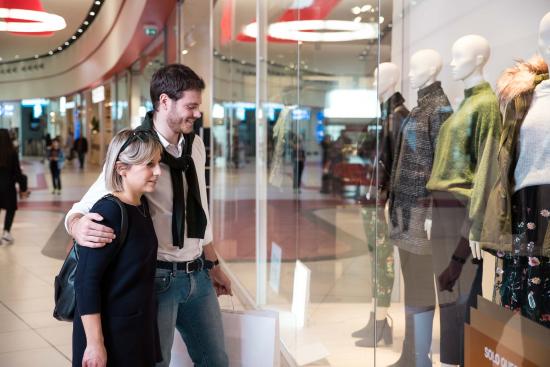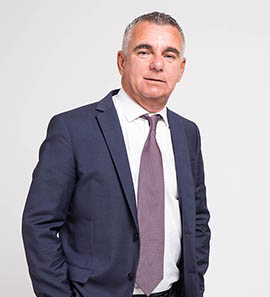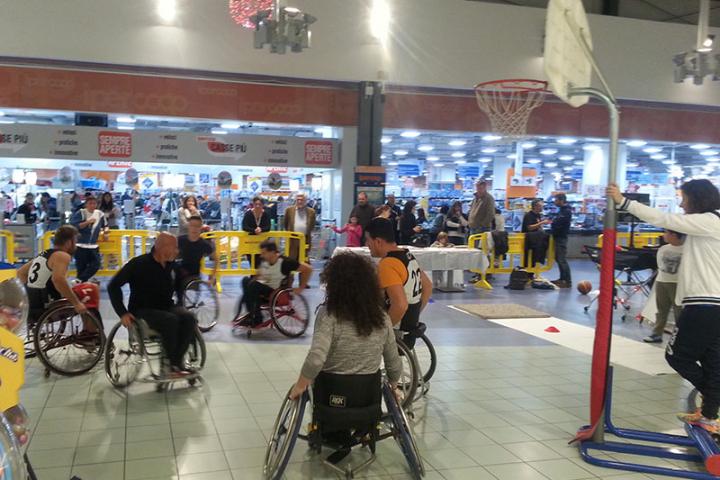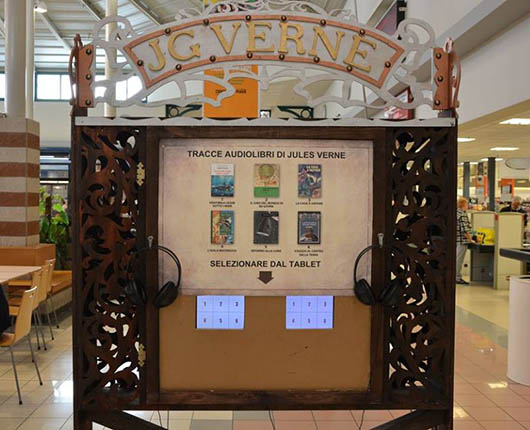IGD’s new marketing plans

Daniele Cabuli, IGD’s Chief Operating Officer and Commercial Director, introduces us to a few structural aspects and methodologies included in the Marketing Plans developed by the Company for each individual shopping center which aim to optimize the investments called for in the budget through effective and consistent allocation across the entire network.
Mr. Cabuli, what are the assumptions underlying the new Marketing Plans developed for IGD’s shopping centers?
We included a Marketing division in our organization for the first time between 2009 and 2010: previously each center managed its own budget for events and communication independently with the support of specialized agencies. From that moment on we undertook a path with resulted in us dedicating more resources to events and an increasingly more integrated approach to developing event themes. The first general Marketing Plan for the IGD Group, that was then tailored to meet the needs of each single shopping center, was defined in 2011 in a document which contained general guidelines for the main themes: including, for example, social awareness, cultural events, the fun of being together, focus on regional uniqueness. At that time IGD also began to monitor the implementation of these guidelines at each center on a corporate level.
When was the new structure of the Marketing Plans for the single centers launched?
We began using the new methodology in 2016, with the support also of an external marketing consulting firm. We proceeded with a preliminary phase of training for center directors and their staff, to then begin developing the single plans in greater detail. 2017 was the first year in which plans were developed for each shopping center with the support of the corporate Marketing Division, which is responsible for discovering new trends and defining the general objectives.
What does this process consist in?
We begin by analyzing the competitive environment, looking at the number and quality of the local competitors, to then look at the demand of each catchment area. The specific objectives for each center are then focused on – increasingly loyalty or appeal, for example – and then the Marketing Plan initiatives are defined based on these goals. Lastly, once the events have been decided on, we begin working on scheduling, organization and communication. Each Marketing Plan has a budget which be must respected. A few events, given their type and importance, are implemented across the entire IGD network: I’m referring to, for example, Happy Hand in Tour which was held throughout Italy over the last two years, or the events linked to virtual reality like the one dedicated to the tales of Jules Vernes in 2017. Typically these transversal events are included in the single Marketing Plans when they are drafted. The Consortia always budget provisions to be used if opportunities to program new exceptional events should materialize during the year.
How are the different phases for building the Marketing Plans distributed throughout the year?
The competitive environment is analyzed during the months of June and July; the characteristics of the local demand are looked at in September and the center specific objectives are then defined in November. A series of initiatives is subsequently defined in December based on these objectives, while the schedule is determined in January of the following year.
What happens once the Marketing Plan is ready?
By the end of February the shopping center retailers have held meetings during which the outcome of the events held in the prior year is discussed, along with the activities planned for the year that has just begun. In June 2017 we also examined the intermediate results of the initiatives called for in each Plan which allowed us to identify any areas of strength and/or weakness and take any action deemed opportune in a timely manner.
What are the guidelines underlying the various Marketing Plans developed in 2017?
We asked the Shopping Center directors to think of events which integrate online and offline aspects. We also encouraged them to develop socially minded events with a particular focus on inclusion. We indicated culture and art as two elements that are key to enhancing the appeal of the events, as is the selection of celebrities and testimonials. These were the main considerations. Lastly, we asked that the visitor be the focus of the events: this guideline is behind the free skin cancer prevention and thyroid check-ups that we have organized over the past few years with non-profit organizations like ANT.
Can you give us an idea as to how many events were held in IGD centers in 2017?
Of course. A total of 540 events were held, an increase of 10.7% compared to 2016. This means that each center hosted an average of 22 events during the year.
What’s the budget for a series of initiatives like this?
If we exclude the communication costs, the marketing budget was slightly more than €3 million. In addition to the investment, it’s also important to highlight how the events organized embody the concept “spaces to be lived in”, the foundation of the social role that are shopping centers must have. Basically we want people to experience the shopping center as a meeting place where, in addition to shopping, you can safely enjoy your free time.
How do you calculate the return on this investment?
The customer satisfaction and event satisfaction surveys, in addition to being useful tools for understanding demand, are also an important point of reference for calculating returns. In 2017 we also conducted, specifically in the puntadiferro center in Forlì, an analysis of the social impact of the events by measuring the SROI or Social Return on Investment. We found that every euro invested generated €2.75 in social wellbeing, around 70% of which benefitted the shopping center tenants. If we were to apply this result proportionately across all the IGD centers, the SROI would come to €1.76.
Thank you for taking the time to speak with us and buon lavoro.
Share






